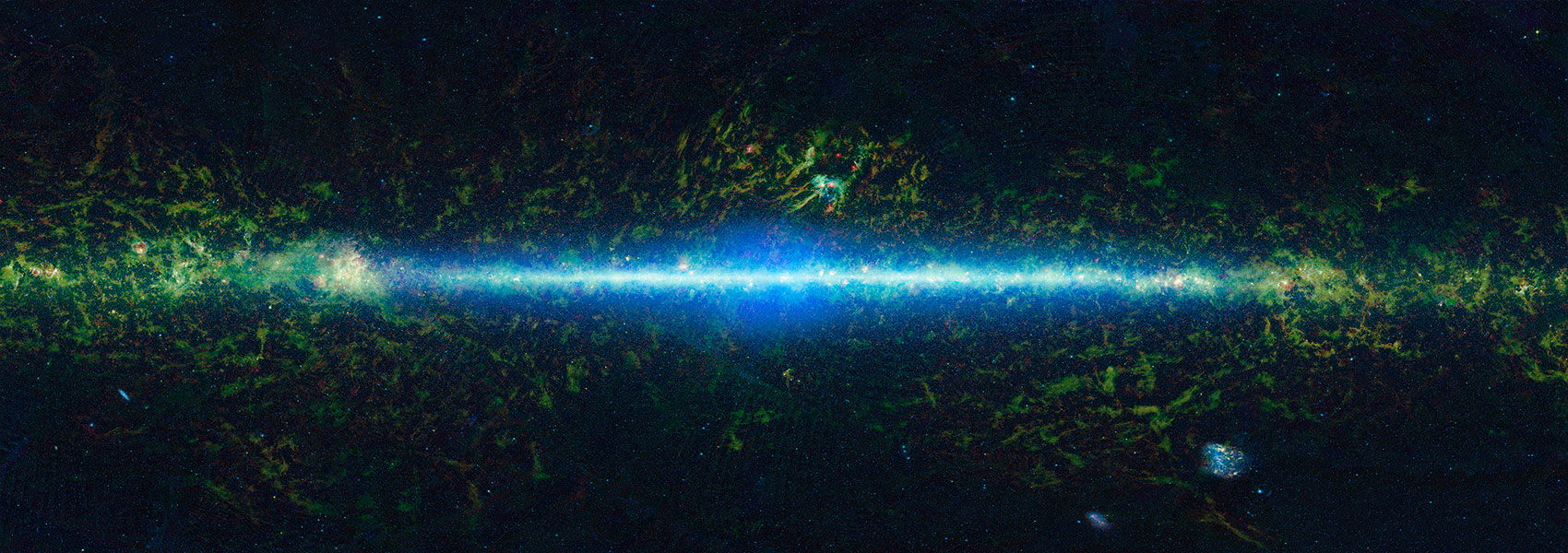
Protoplanetary Disks around Sun-like Stars Appear to Live Longer When the Metallicity is Low
December 2024 • 2024ApJ...977..214D
Abstract • Previous Hubble Space Telescope observations of the star-forming cluster NGC 346 in the Small Magellanic Cloud (SMC) revealed a large population of pre-main-sequence (PMS) candidates, characterized by Hα excess emission in their photometry. However, without access to spectroscopy, the nature of these objects remained unclear. Using the NIRSpec instrument on board JWST, we studied a sample of these stars, with masses in the range of ∼0.9‑1.8 M ⊙, effective temperatures (T eff) in the range of 4500‑8000 K, and PMS ages between ∼0.1 and 30 Myr. Here, we present the first spectra of solar-mass PMS stars in the metal-poor SMC (Z = 1/8 Z ⊙) and discuss the physical properties of 10 representative sources with good signal-to-noise ratio. The observations indicate that even the oldest of these PMS candidates are still accreting gas with typical rates of ∼10‑8 M ⊙ yr‑1 for stars older than ∼10 Myr, confirming their PMS nature. The spectra also reveal near-infrared excess and molecular hydrogen excitation lines consistent with the presence of disks around these stars. These findings suggest that in a low-metallicity environment, circumstellar disks can live longer than previously thought. * Based on observations made with the NASA/ESA/CSA James Webb Space Telescope.
Links
- SIMBAD https://simbad.u-strasbg.fr/simbad/sim-ref?querymethod=bib&simbo=on&submit=submit+bibcode&bibcode=2024ApJ...977..214D
- PDF https://iopscience.iop.org/article/10.3847/1538-4357/ad7a63/pdf
- PREPRINT http://arxiv.org/abs/2412.10361
- DATA https://archive.stsci.edu/mastbibref.php?bibcode=2024ApJ...977..214D
- DATA https://archive.stsci.edu/mastbibref.php?bibcode=2024ApJ...977..214D
- DATA https://doi.org/10.17909/tatn-1114
- ELECTR https://doi.org/10.3847/1538-4357/ad7a63


